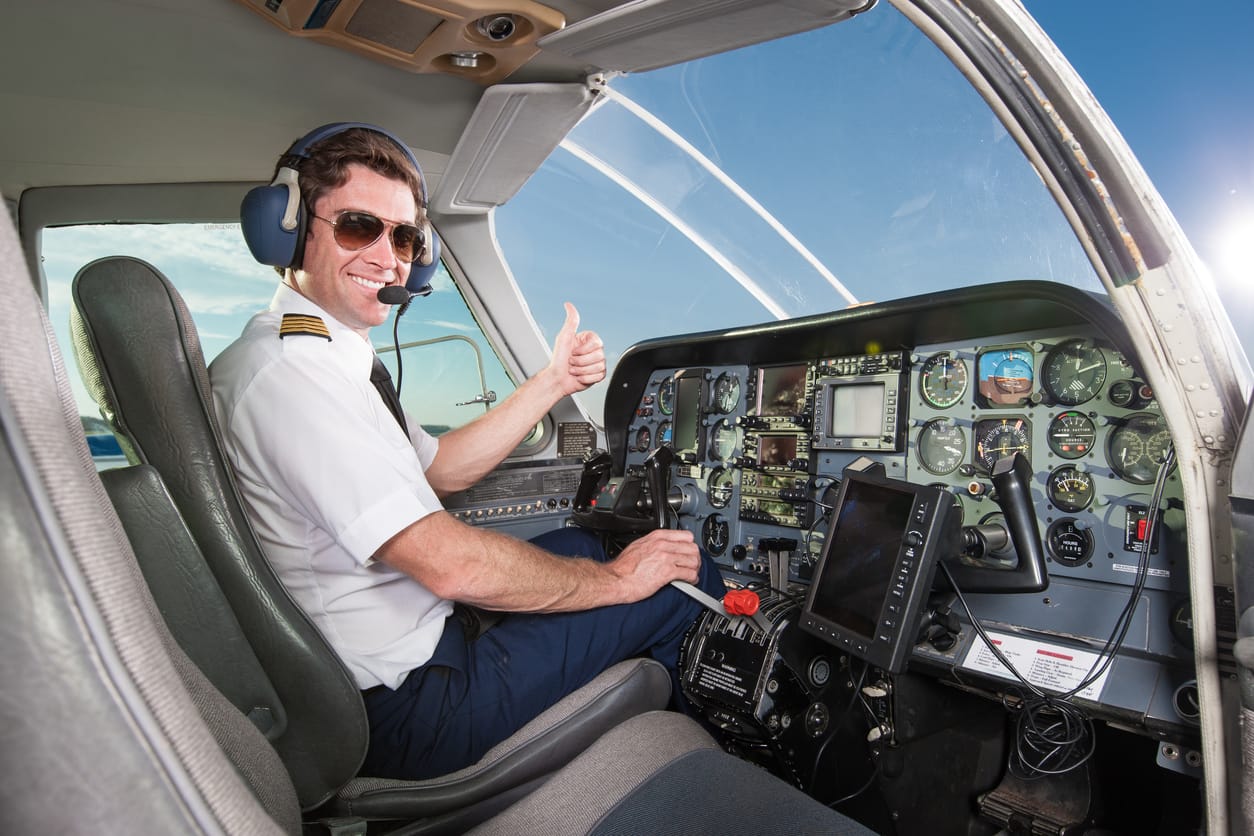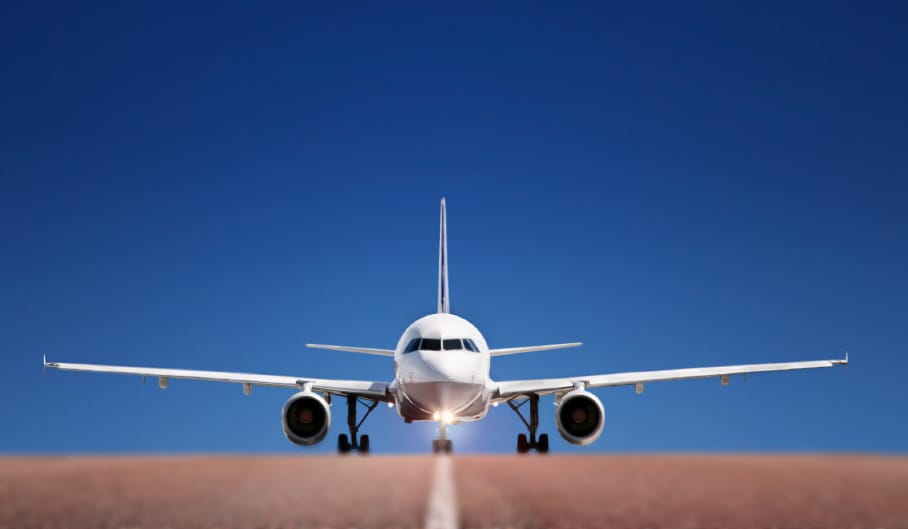Bush pilot flying is used for military maneuvers, rescue during weather emergencies, and reconnaissance. Explore what bush flying has to offer!
[lwptoc numerationSuffix=”dot”]
There are many more aspects to a flying career than just major and regional airlines. Some pilots prefer to stay with smaller airplanes and perform specific tasks in rural or tourist areas. Work as a bush pilot promises a strong connection with your work and clients, excellent knowledge of topography, and rooting into a community.
Depending on the type of job, becoming a bush pilot is a good choice for pilots who would like to settle into a specific area and fly for a living while avoiding crazy schedules, overnights, and long stays from home. Other bush pilot jobs involve seasonal work, freeing the pilot to pursue other adventures in the “off season.”
Special Aircraft
Some bush pilots are attracted to the job for a lifetime because they enjoy flying the aircraft particular to bush piloting. Bush pilots are usually needed in areas far from large or even grass strip airports. That means they might be equipped with floats, “snow” tires (commonly known as tundra tires and bush tires) or even skis. Typically, bush airplanes are high wings so as to allow for clearance from the rough terrain and to provide stability at lower speeds. Airplanes which can take off and land on short distances are especially prized.
It is a good idea for aspiring bush pilots to obtain a tailwheel endorsement, because many bush aircraft are outfitted with “tail dragger” landing gear. Most other airplanes feature “tricycle” landing gear, but these are only effective on the smooth runways of civilization. Tailwheels offer greater flexibility in landing locations while attaching lower weight and drag to the aircraft. “Tail draggers” in a bush context offer the added benefit of allowing more clearance to the propeller or propellers.
Popular Bush Flying Planes
Piper PA-18 Super Cub: The history of the Super Cub extends back to post-WWII America. It is typically used in locations and situations when just the pilot and perhaps a single passenger make the trip. As a two-seat airplane, the Super Cub is also used in glider towing and banner work. The PA-18 is modification-friendly, as many pilots add such items outside luggage containers, lumber racks, and extra fuel tanks are loaded in as necessary.
Grumman G-21 Goose: This amphibious airplane is popular in water-bound areas in which both an airplane and a “flying boat” are useful. It is so special there is one on display in the Smithsonian Air and Space Museum at the Stephen F. Udvar-Hazy Center. While it was designed in the late 1930’s as a luxury eight-seat “air yacht,” it found a better-suited home with the military and as a mini-airliner.
Cessna 185 Skywagon: This high-wing classic offers enormous space in its cabin and is exceedingly stable—so stable that the Skywagon is often used as a training aircraft. It can handle rough weather and carry up to six passengers. Floats are easily added, as are fuel pods, modified windows and doors, and custom baggage racks.
Bush Pilot Flying Locations
Being a bush pilot means that you fly into and out of areas which normally are not reachable by major airline service or even typical aircraft. This can include small-populated areas such as the Everglades, the far reaches of frozen Alaska, land bound farms in Oklahoma, or anywhere air service is a rarity due to remote location. Bush pilots are especially used in Australia, where the enormous, rough Outback provides few runways. Canada is generally thought of as the original home of bush piloting, due to its immense size and frozen weather in its northern areas. Two typical bush aircraft, the De Hallivand Canada DHC-2 Beaver and the De Hallivand Canada DHC-3 Otter, are Canadian-made.
Uses for Bush Flying
Bush flying can be used for many purposes. Some areas which are underserved by large transportation facilities depend on them for delivery of food, dry goods, medicine, and cleaning supplies. Others work with the seasons; for example, certain areas of Alaska might be easily reachable in June but utterly iced over in January, leaving the only way in or out via airplane.
On the equator, thick vegetation and lack of industrialization can leave inhabitants checking in with bush pilots to discover when they might have an opportunity to leave or bring in supplies. The same is true for certain reaches of swampy or rain-drenched areas, such as those which experience severe monsoon seasons.
Bush flying is used for military maneuvers, rescue during weather emergencies, and reconnaissance. Those who are bush pilots are closer to the origins of aviation than nearly any other aviator; sometimes even GPS cannot help them where they need to go, and when weight is a premium, they must make do in airplanes that are not outfitted with the latest in technical gadgetry. A bush pilot must take off and land in difficult terrain, often without a runway or much room to maneuver. Like Neil Armstrong guiding the lunar lander to a stop on the surface of the Moon, they must simply look out the window and find a safe, flat place to set down. It is never easy, but it is always exciting.
How California Aeronautical University Can Prepare You for Life as a Bush Pilot
California Aeronautical University is an excellent place for those seeking a career as a bush pilot. Those who want to fly for pay must earn the following, both to satisfy FAA regulations as well as to fulfill requirements of insurance companies and most employers:
Throughout your time at CAU, you have the ability to earn up to 6 certificates and ratings during your degree program. CAU’s instructors can work with students to design a step by step, attainable goal to complete these requirements—and more. Students may choose to earn a bachelor’s degree or associate’s degree along with their flight school training. Classes are available online as well as on campus, and graduate studies are also available. With modern simulators and a flexible flying schedule, the adventure of becoming a bush pilot can easily begin at CAU.
Ready to soar in your aviation career?
Mr. Matthew A. Johnston has over 23 years of experience serving various roles in education and is currently serving as the President of California Aeronautical University. He maintains memberships and is a supporting participant with several aviation promoting and advocacy associations including University Aviation Association (UAA), Regional Airline Association (RAA), AOPA, NBAA, and EAA with the Young Eagles program. He is proud of his collaboration with airlines, aviation businesses and individual aviation professionals who are working with him to develop California Aeronautical University as a leader in educating aviation professionals.










